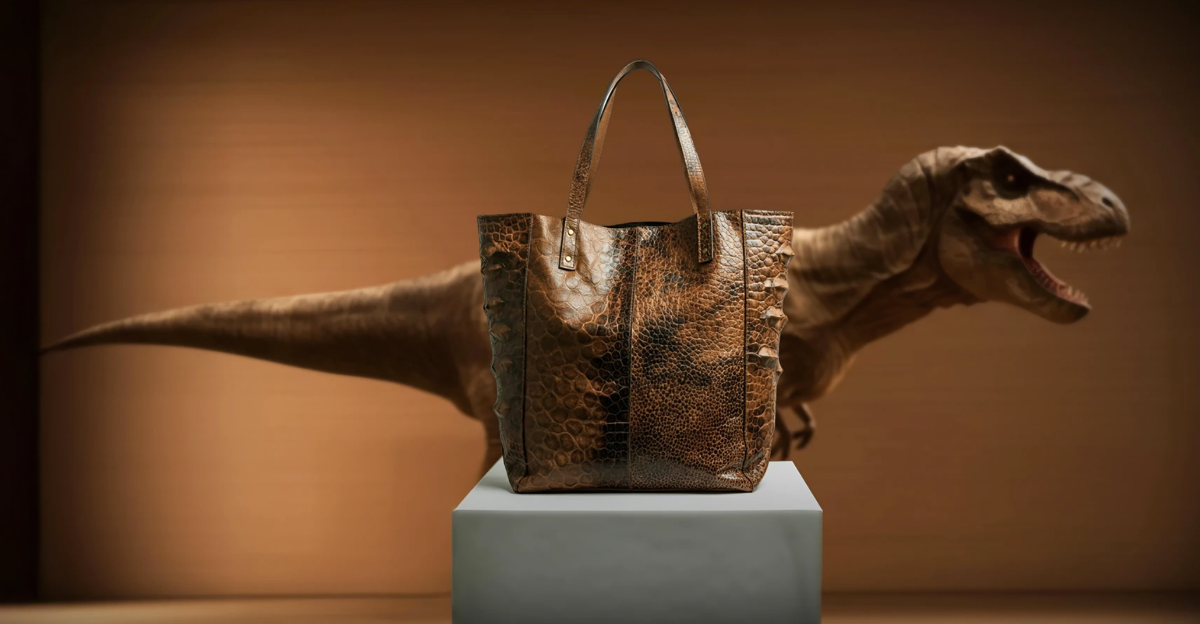
Imagine lugging a handbag constructed of the skin of a Tyrannosaurus Rex—not a copy, not fossilized, but actual biological leather cultivated in a laboratory from dino DNA. It sounds like science fiction, but this crazy hybrid of Jurassic biology and high-fashion is creeping into reality.
Three pioneering businesses—VML Netherlands, Lab-Grown Leather Ltd., and The Organoid Company—have collaborated to create the first T-Rex leather handbags in the world.
They’re reimagining the ancient iteration of their product from artificial DNA made out of fossilized remains and bringing back dead collagen to design sustainable, cruelty-free leather. It’s a revolutionary idea that’s equal parts fashion upheaval and scientific marvel. And yes, it’s actually happening.
The Companies Behind the Innovation

This groundbreaking venture is the outcome of a historic partnership between three giants in their field. VML Netherlands will bring creative brilliance to the partnership and design the brand and customer experience.
Lab-Grown Leather Ltd. brings its patented Advanced Tissue Engineering Platform (ATEP™), and The Organoid Company will handle the DNA wizardry, re-engineering codes from fossil T-Rexes dug up thousands of years ago.
Together, they’re creating a supply chain like no other-one that begins in the prehistoric past and culminates on the catwalks of the future. All three companies have staked out ground in biotech or fashion, and their common goal is to redefine the rules of luxury materials.
A New Kind of Leather, Grown Not Harvested
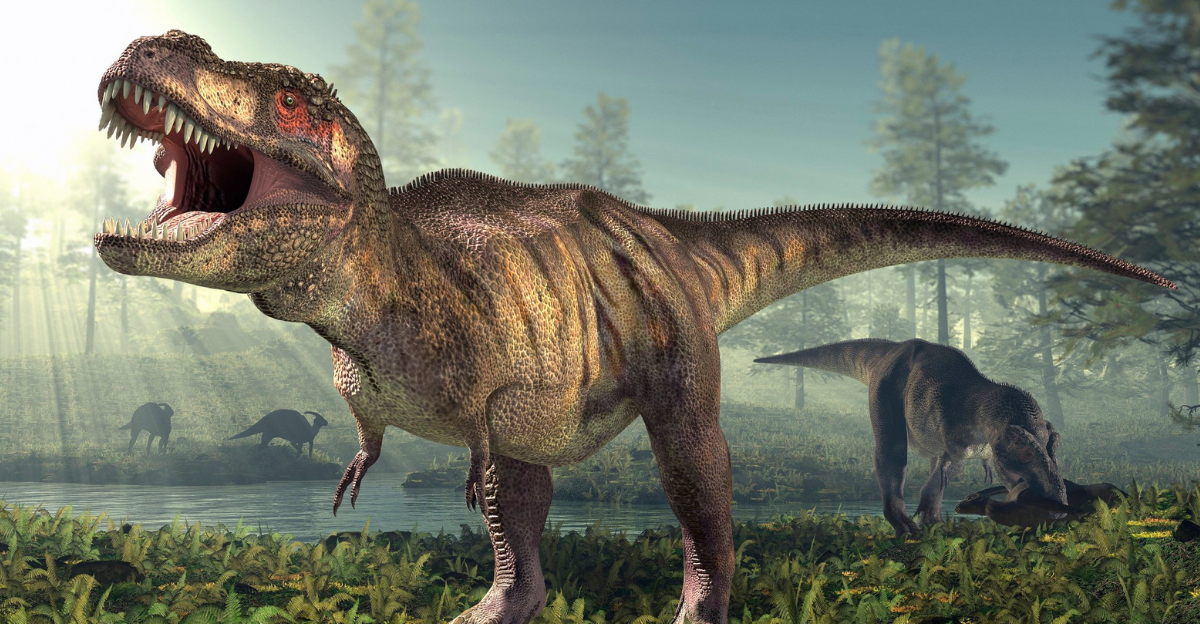
It’s not the same as regular leather, created from animals, which is environmentally costly. T-Rex leather is created entirely in a laboratory. It’s not synthetic or imitation—this is actual leather, constructed cell by cell using biological processes.
The major difference is where it’s produced: no animals are killed, and no chromium-dipped tanneries are required. The process employs scaffold-free tissue engineering, enabling cells to organize spontaneously into structures indistinguishable from natural reptilian hide.
It yields a rigid, biodegradable material with the appearance and feel of expensive leather—because it is leather, only made with 21st-century, not 19th-century technology.
The Fossil Blueprint That Started It All

So how do you grow dinosaur skin in a lab? The journey starts with fossilized T-Rex collagen—protein fragments that have been kept intact for more than 80 million years.
The fragments are a biological map. Organoid Company decodes the DNA sequences and reconstructs them synthetically, producing a blueprint for living cells. The sequences are incorporated into Lab-Grown Leather’s patented Elemental-X™ product stream, where tissue grows organically.
Although we can’t clone a real dinosaur, scientists can clone dinosaur leather. It’s a jaw-dropping display of how paleontology, engineering, and genetics can intersect in the most unexpected way.
From Extinction to Sustainability
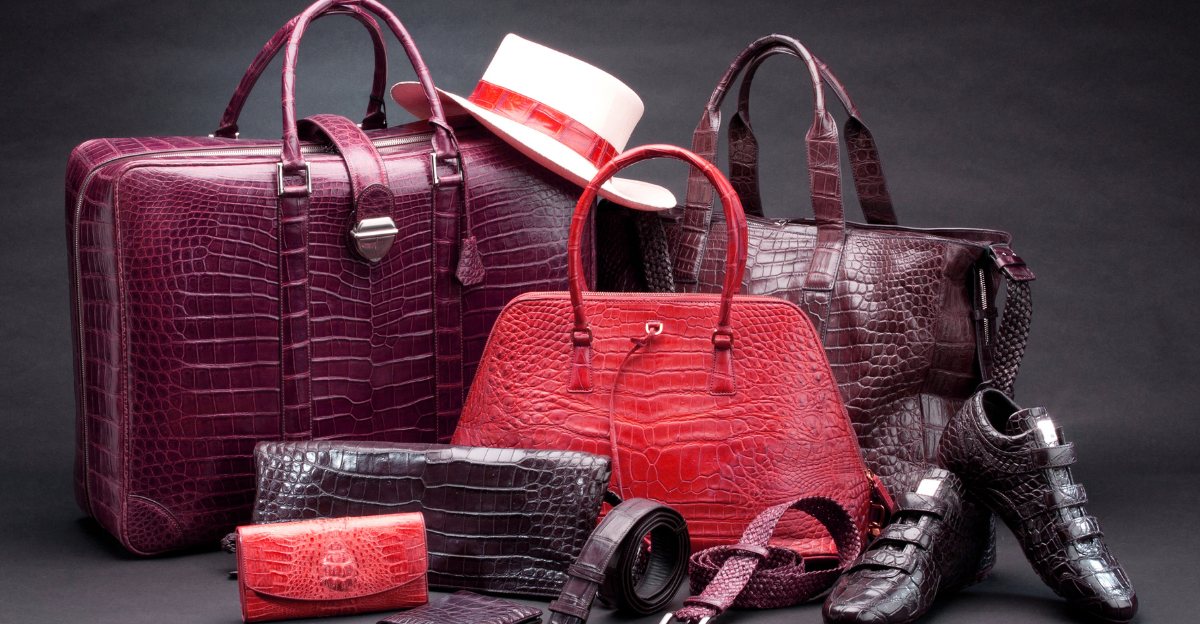
At first glance, T-Rex leather appears to be a novelty, but it is really a breakthrough in sustainability. Conventional leather production is one of the world’s most ecologically disastrous industries, causing deforestation, greenhouse gas emissions, and toxic runoff.
Meanwhile, lab-grown leather such as this puts an end to animal suffering and minimizes damage to the earth. No grazing land needed, no chemicals necessary for tanning.
And since Elemental Leather™ is biodegradable, it won’t stick around on landfills for centuries to come. And that’s it, really. This ancient beast is reviving an age-old problem in a new way: how to indulge in luxury commodities without cruelty or destroying the planet.
Ethical Meets Exotic
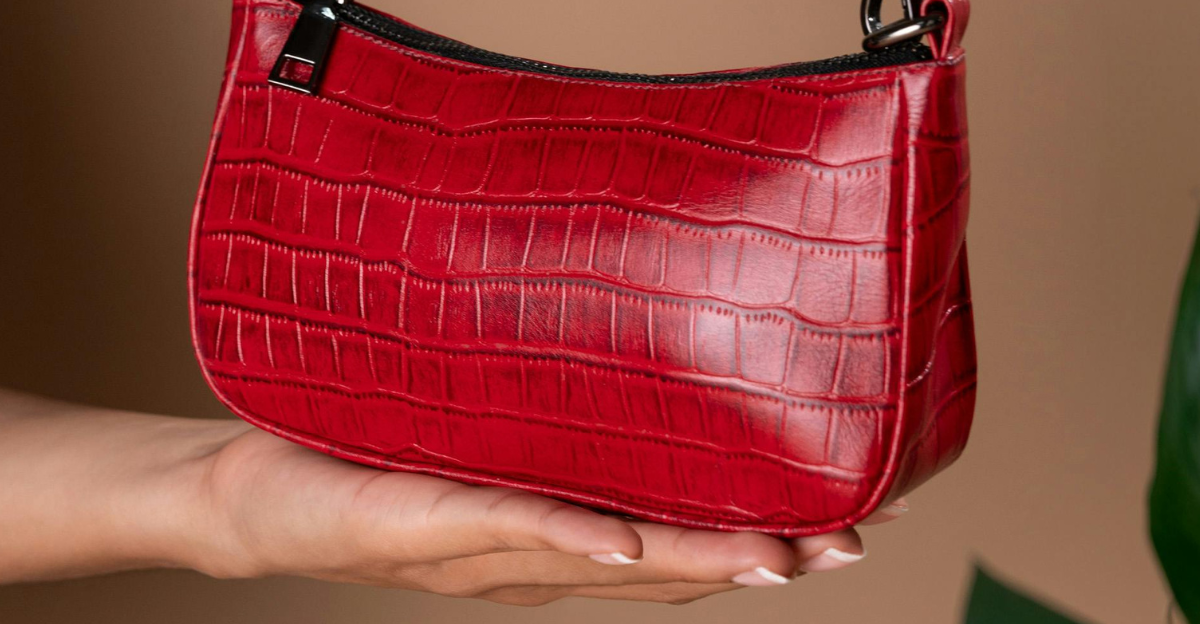
The beauty of T-Rex leather isn’t in the science per se—it’s in what it represents. In an increasingly aware culture of conscious consumption, this material is the perfect union of ethics and aesthetics.
Exotic, maybe, but with none of the usual evils of such hides. No endangered species, no smuggling, no shady supply chain. Only lab-grown technology based on the world’s most fearsome carnivore.
Shoppers seeking status items with a touch of ethics can’t help but be charmed by T-Rex leather. It’s up in your face, it’s quirky, and it’s quite possibly the new luxury when it comes to sustainability.
T-Rex Leather’s First Fashion Statement

The first to benefit from this dino-leather? An upscale handbag, which will launch towards the end of 2025. Designers have remained mum so far regarding how the bag will appear, but it will probably be reptilian, with a surface texture—half science museum, half fashion show.
The bag will launch as a limited collection, sold to collectors and fashion-tech trailblazers. Popularity will translate into a full line of accessories, apparel, and even home furnishings.
If successful, T-Rex leather may even enter mainstream fashion, knocking out both plastic-backed vegan leathers and animal hide in a one-two.
Fashion to Automotive and Beyond

While fashion is the flashy beginning, uses for lab-grown dinosaur leather are far more extensive. On a larger scale, the material would be applied in automotive interiors, wearables, smart fabrics, and even buildings.
Envision high-end automobiles furnished in prehistoric hide—or forthcoming furnishings with a mixture of primeval sturdiness. The worldwide market for leather items stands to reach $780 billion in 2035, and bio-based products are increasing at double-digit growth per annum.
If upkeep and manufacturing can keep pace with the science, T-Rex leather may be more than a new innovation— it may become the benchmark of a new era of design.
The Science Behind the Roar
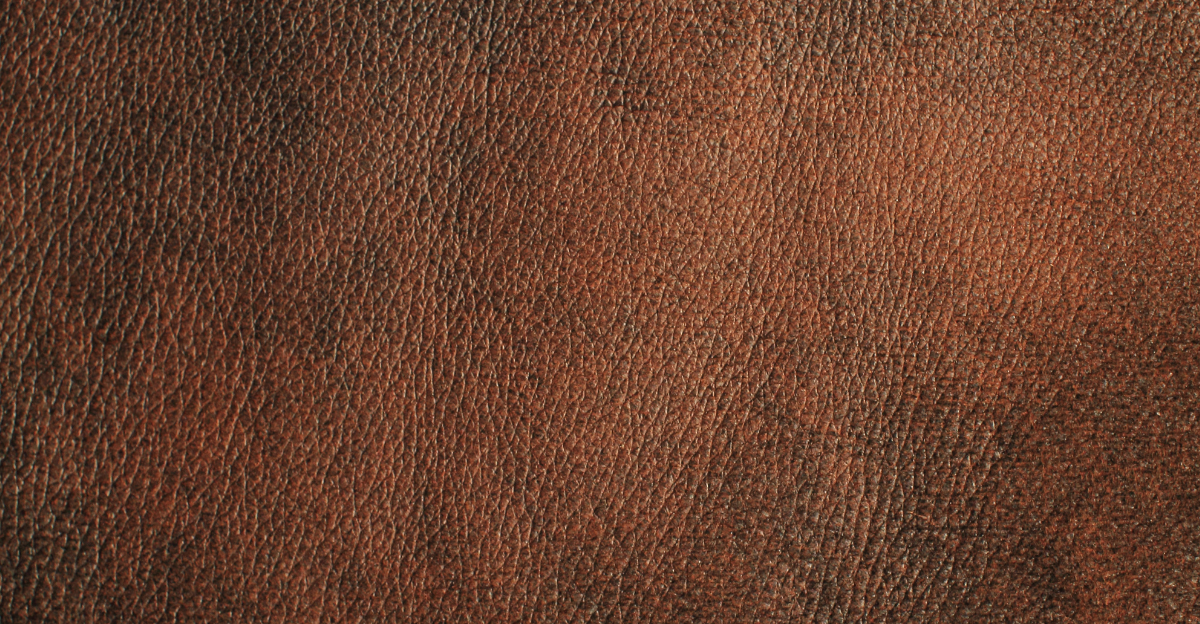
Behind all the hype is some seriously cutting-edge science. Lab-Grown Leather’s tissue engineering employs no artificial scaffolds; rather, it invites cells to construct their own structural networks, mimicking how skin develops in nature.
The technique produces leather that acts just like the real thing—it stretches, ages, and heals naturally. And at the same time, the synthetic DNA used is designed specifically to provide biological compatibility and safety.
Scientists also ensure the end result is toxin- and allergen-free. The goal isn’t so much about novelty–it’s about quality. By keeping the product grounded in hard science, the creators hope to quiet critics and gain the acceptance of luxury consumers.
The Future of Fashion, Rooted in the Past

The T-Rex leather project is not just a sensationalized headline–it’s an indicator of where innovation is going. As consumer values shift and technology advances, we’re seeing a convergence of ethics, science, and style.
This project blends nostalgia for the ancient world with a forward-looking vision for sustainability and creativity. Whether or not the T-Rex bag becomes a bestseller, its existence signals a major turning point.
Fashion is no longer just about trends—it’s about materials, methods, and meaning. And here, it just so happens to roar. Would you wear an edge of prehistory on your arm?
Explore more of our trending stories and hit Follow to keep them coming to your feed!

Don’t miss out on more stories like this! Hit the Follow button at the top of this article to stay updated with the latest news. Share your thoughts in the comments—we’d love to hear from you!







